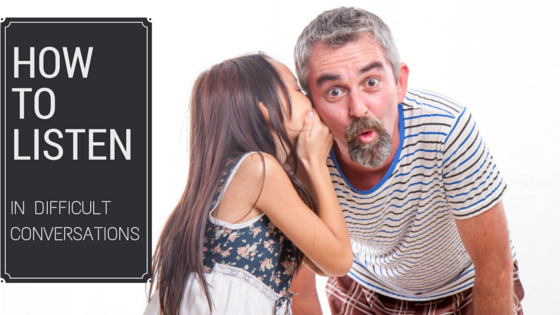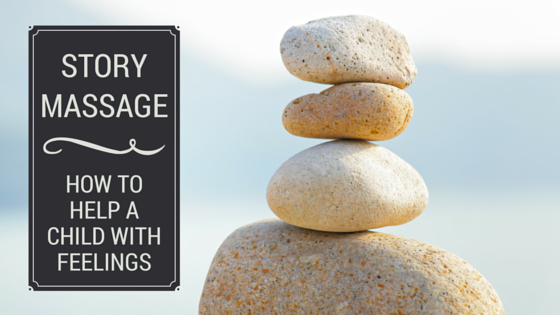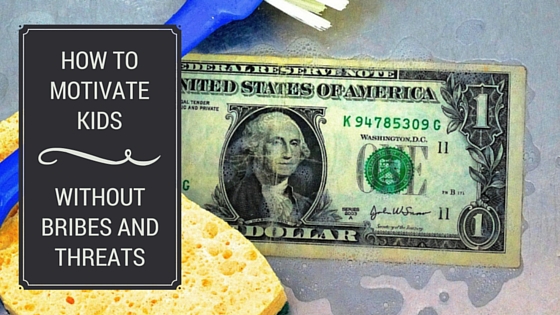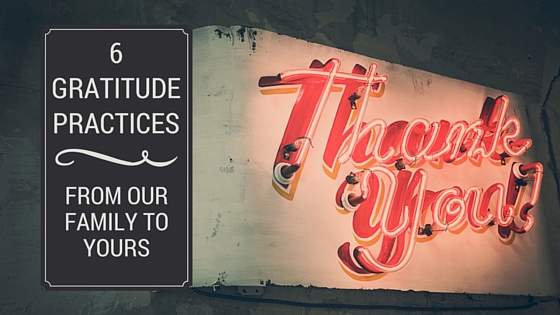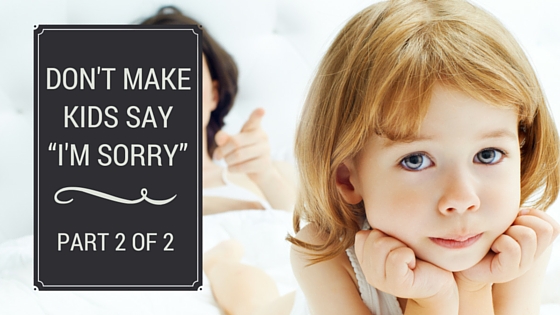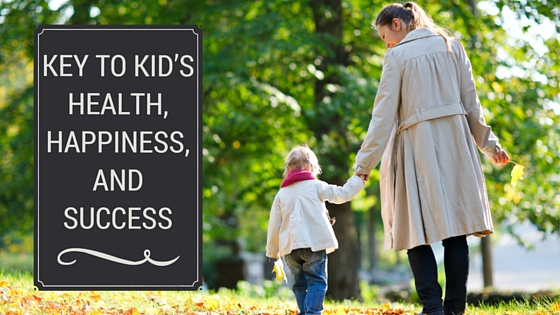Last week, we said some controversial stuff about not using “time outs” with kids.
Time outs are a bit of a sacred cow in some parenting circles. We don’t intend to ruffle any feathers with this topic, but Jason and I are believers that one of the ways to learn is to shake things up a bit.
As parents, we learn by taking a fresh look at things and asking, “Is this ____ (insert parenting practice) really working for me and my children for the long term?”
Sometimes we’ve gotten some interesting answers by asking ourselves that question. And sometimes we’ve changed our parenting.
But here’s another exciting question…
If you wanted to move away from using time outs, what do you do instead?
1. Take a break
Taking a break is different than a time out. There may be times when your child’s behavior starts impacting others, more than what you are comfortable with. Maybe a child is crying church or in a library, or maybe a child is screaming through a classroom while the other children are doing a silent meditation. I don’t mind kids impacting others a little bit, but there might come a point when I say to a child, “It looks like you’re wanting to run and be loud while the other kids are meditating. I can find you a place to do that outside, but it won’t work for you to do that here.”
The message conveyed to the child is, “I love you and want to figure out ways for you to do things that you want to do, and I also care about these other people and I’m not willing for you to impact their dinner/meditation/library visit.” This is different than the message that children might get from a time out.
2. Use your Calming Plan
A Calming Plan is a plan created during a calm and quiet moment, when a person (adult or a child) makes a list of things that they want to do when they are upset. Don’t know how to make one? Click here to create a personalized plan for you and your family.
3. Do a “Time In”
A “Time In” is when you and your child choose to have a quiet moment together–or your child chooses to have her quiet moment by herself–to reconnect and calm. Maybe there is a special cuddly place in your house that you could use for this. Jason and I set aside little spots inside and outside our classroom that kids could retreat to, and other children knew not to disturb them. Sometimes these spots have books about feelings, paper and pencils for drawing or writing stories, and other supplies for calming. Still sound like a “time out” to you? Here’s the big difference—choice. The child chooses how long this “time in” will last and when he’s ready to re-engage.
4. Listen to the child’s perspective
A good friend said that “there is always a reason” for a child to do the things she does. Let’s be honest though, there are times with my children (or my husband) that I think I’m listening, only to realize moments later I was listening to my own judgement and condemnation, rather than listening with compassion. Anybody else like this?
It’s when I put aside my judgements and negative feelings that I can listen for the good reasons why a child did what she did. And if I still can’t hear through my own condemnation, then at least I can ask, “What was your good reason for throwing clay on the walls of the bathroom?”
Attribute to children the best possible motive, consistent with the facts.”
–Nel Noddings
When kids share their point of view with me, I say things like, “Oh, that makes sense to me now.” Or “Your perspective is important to me” Or “I’m really trying to understand you and make things easier for you in your life.” Or “Ah, so you were trying to ____, when this ____ (unexpected thing happened).”
5. Collaborate on different solutions
This step can really only happen after a child is calm and your child feels that you understand him. It’s really only then that you can talk to your child about how things might go differently next time and come up with a plan.
We hope these simple practices benefit you and your family. We’d love to hear from you. Do you have more alternatives to “time outs”?
Boom-moooo! (That’s the sound a sacred cow makes when it lands.)
Warmly,
Cecilia and Jason




